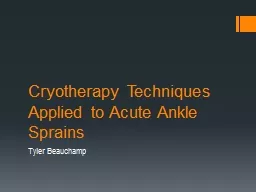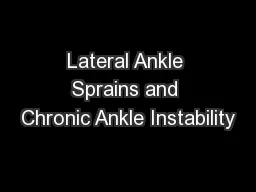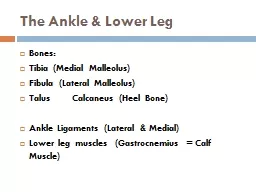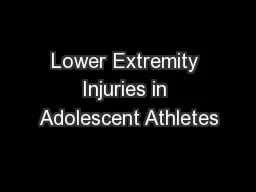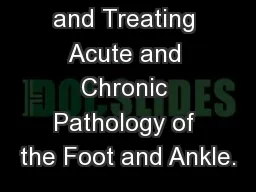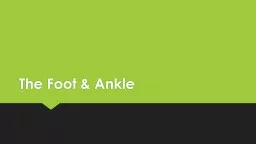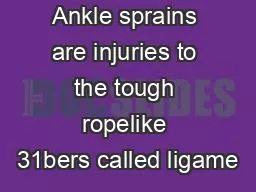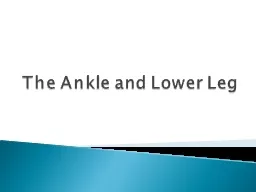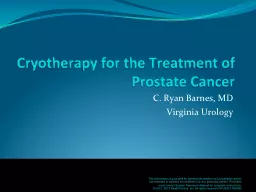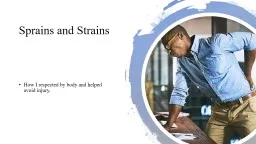PPT-Cryotherapy Techniques Applied to Acute Ankle Sprains
Author : conchita-marotz | Published Date : 2017-01-29
Tyler Beauchamp Definitions Cryotherapy cry meaning cold ROM range of motion MMT manual muscle testing RTP return to play Edema swelling Inversion foot rolls
Presentation Embed Code
Download Presentation
Download Presentation The PPT/PDF document "Cryotherapy Techniques Applied to Acute ..." is the property of its rightful owner. Permission is granted to download and print the materials on this website for personal, non-commercial use only, and to display it on your personal computer provided you do not modify the materials and that you retain all copyright notices contained in the materials. By downloading content from our website, you accept the terms of this agreement.
Cryotherapy Techniques Applied to Acute Ankle Sprains: Transcript
Download Rules Of Document
"Cryotherapy Techniques Applied to Acute Ankle Sprains"The content belongs to its owner. You may download and print it for personal use, without modification, and keep all copyright notices. By downloading, you agree to these terms.
Related Documents

